
KINGREAL UNIVERSAL IND., LTD
Phone
+86-13702855825One injection molding technique often employed in contemporary manufacture is overmolding. This method allows one or more materials to be sprayed on a surface to create integrated components having several qualities. Beyond just increasing a product's usefulness, plastic overmolding elevates its aesthetic appeal and user experience. The material selection, benefits, and uses of overmolding in several sectors will be covered in depth in this essay.
| 1 | Fundamentals of Overmolding |
| 2 | Overmolding's Typical Applications |
| 3 | Choosing of Materials for Overmolding |
| 4 | Advantages of Plastic Overmolding |
| 5 | Common Thermoplastic Materials |
1.Fundamentals of Overmolding
| Plastic overmolding is the process of creating a composite by injecting one material onto the surface of another material (the substrate). Usually two stages are involved in this procedure: first, the substrate is put in the mold; then, the plastic overmolding is injected. The overmolding creates a firm adhesion with the substrate after cooling, hence satisfying the goal of improving the performance of the component. | 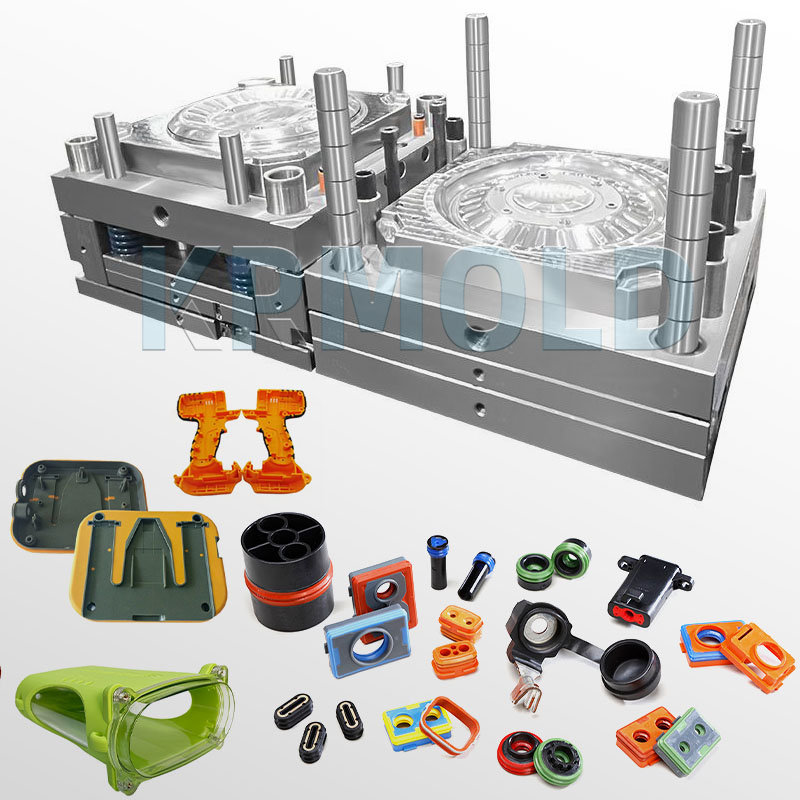 |
2.Overmolding's Typical Applications
| Examples of plastic overmolding abound in real-world applications. Many of household appliances, for instance, have soft rubber or thermoplastic elastomer (TPE) coatings on their handles for enhanced grip and non-slip properties. Seals and gaskets in medical devices are also frequently overmolded to guarantee their sterilizability and longevity. | 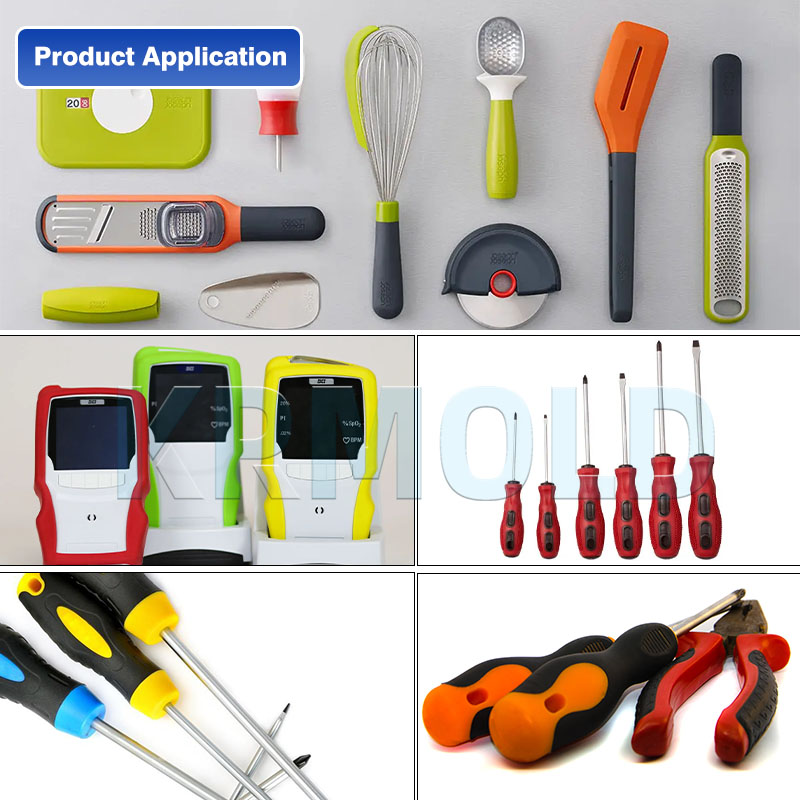 |
3.Choosing of Materials for Overmolding
Mainly including thermoplastics, thermosetting plastics and rubber, several different materials are utilized for plastic overmolding. Every of these materials has particular qualities that could satisfy the needs of various goods.
1
Thermoplastic Elastomer (TPE)
A material blending plastic and rubber, thermoplastic elastomer is one. Its good fluidity and low melting point make it appropriate for plastic overmolding. Because of its great flexibility and soft touch, TPE is rather often utilized in seals, tool handles, and other applications.
2
Thermoplastics
Often utilized as substrates are thermoplastics polycarbonate and ABS. High strength, impact resistance, and heat resistance of these materials enable them to offer the necessary support for the overmolding construction.
3
Materials made of rubber
Plastic overmolding frequently makes gaskets, seals, etc. using rubber materials. Appropriate for medical devices and automotive components, they exhibit excellent chemical resistance and good elasticity.
4
Metals
Sometimes, plastic is overmolded over metal inserts to boost the component's strength or conductivity. Connectors in electronic devices, for instance, could combine metal and plastic to provide mechanical strength as well as good conductivity.
4.Advantages of Plastic Overmolding
In many sectors of manufacturing, the overmolding technique stands out because of several major benefits.
1. Better resistance
Overmolding increases the general durability of the component by means of a stronger bond between several materials. This resilience is especially crucial in demanding environments or high-frequency applications to guarantee the product's long-term stability.
2. Increased Flexibility
By fusing materials with various properties in one piece, plastic overmolding enables more sophisticated capabilities. For instance, to satisfy the demands of several users, a product might have numerous characteristics including anti-slip, wear resistance, and waterproofing all at the same time.
3. Improved ergonomics
Overmolding items (such handles, grips, or buttons) with soft materials (such TPE) will make them more comfortable when used. This design increases the market competitiveness of the product in addition to streamlining the user experience.
4. Cost effectiveness
Plastic overmolding helps companies to save assembly time and expense by combining several materials in a single molding stage. This improves efficiency and streamlines the manufacturing process.
5. flexibility of design
Overmolding offers more opportunities for product design by enabling intricate forms and material mixes. Designs can be innovative based on consumer desire and launch more appealing goods.
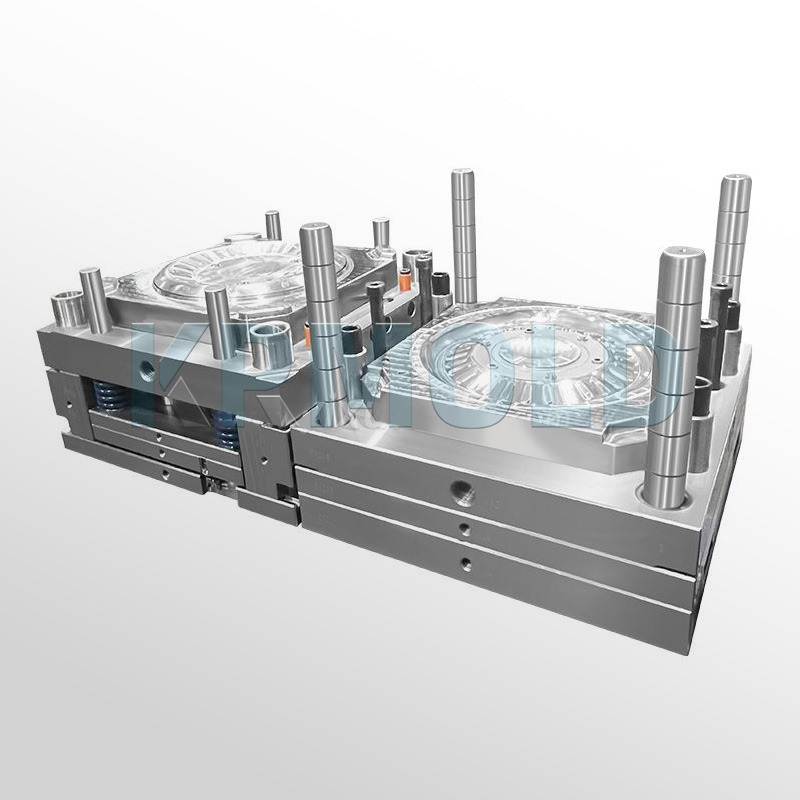
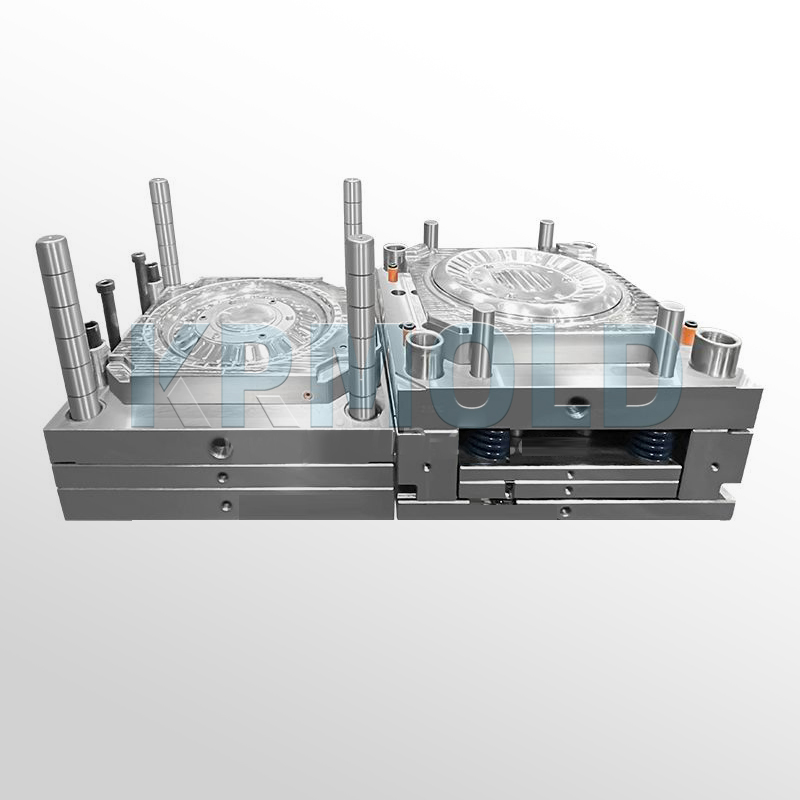
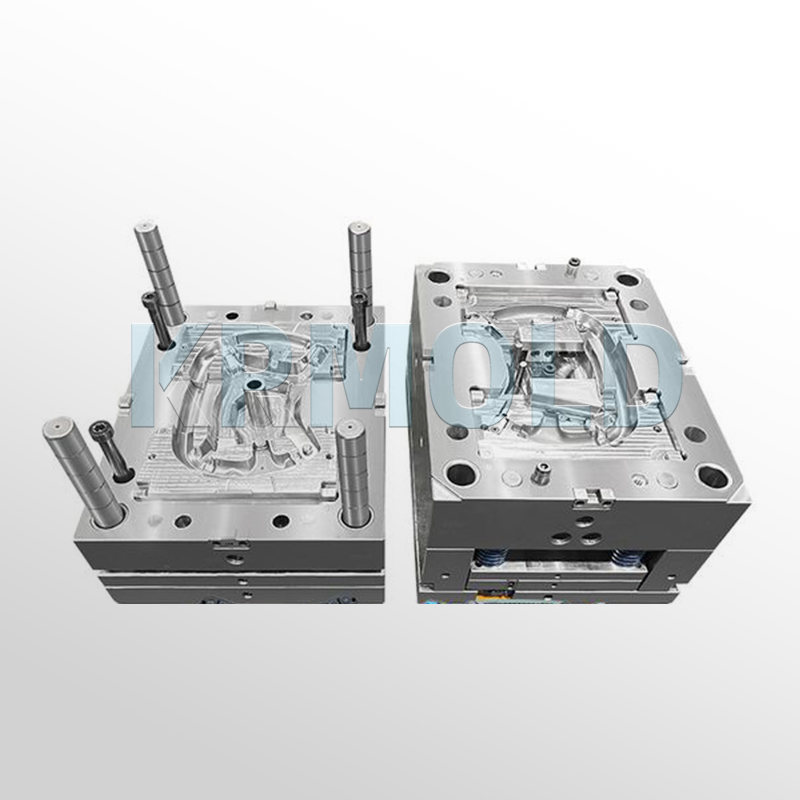
5.Common Thermoplastic Materials
Commonly plastic overmolding thermoplastics have fluidity and a low melting point, so they are ideal for quick prototyping.
1
TPE, or thermoplastic elastomer
Combining the melting point of polymers with the elasticity of rubber, TPE is a block copolymer. Because of its unusual physical characteristics, TPE is mostly employed in tool handles, seals, and other applications for great grip and wearability.
2
Thermoplastic polyurethane, or TPU
Strong strength and wear resistance distinguish TPU, an essential member of the TPE family. Because of its great wear resistance and elasticity, TPU is often found in items like phone covers and wires, where it excels in regular use.
3
Polyvinyl Chloride, or PVC
Being affordable and durable, PVC is a common vinyl plastic often employed for plastic overmolding. Having excellent chemical stability and mechanical strength, it is extensively employed in medical catheters, tubes, and other applications